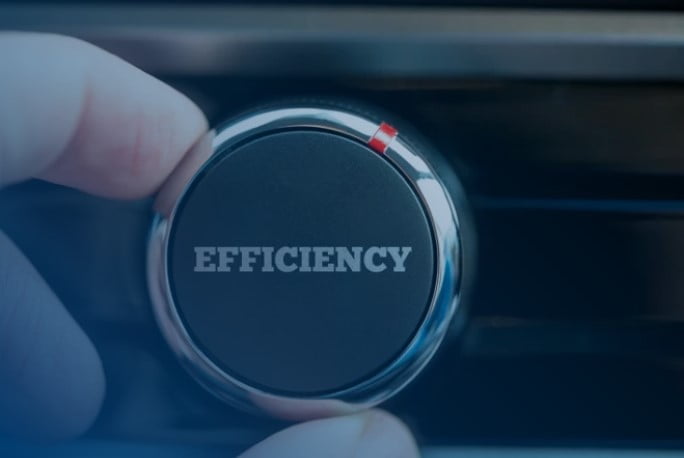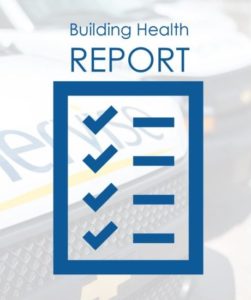Price is always a concern when you’re tasked with procurement responsibilities for a commercial building in the central Ohio and Kentucky regions . What makes the job even more challenging is that there’s more than one kind of cost you need to consider.
Sometimes lower initial costs can be a bit misleading. You might save hundreds or even thousands of dollars up front if you purchase a less expensive HVAC or building controls system. But that’s not the whole story. You also need to look at the long-range costs of the systems you purchase. Here are three things you should consider:
Efficiency
If you choose to install a cheaper HVAC system that’s not efficient, the savings you realize at the time you make the purchase can easily be eaten away by higher utility bills over time. Let’s say the system you chose cost $10,000 less than another system. That’s a lot of money. But if the system you purchased results in utility bills that are $500 a month more than the more expensive system, it doesn’t take long for that “inexpensive” system to cost you more. At the end of 10 years, that $500 a month adds up to $60,000 in extra utilities costs!
Maintenance
Some HVAC systems simply require more maintenance than others. Some systems are also more difficult to service and repair (which translates to higher costs). A lower price tag initially doesn’t mean much if ongoing maintenance and repairs chip away at the difference.
Convenience vs. Aggravation
There are also “soft” costs to consider. Poor performance of your building’s operational systems can impact company performance. It doesn’t matter if it’s your own employees who are affected or if you have tenants whose employees’ performance is affected. Poor system performance means less productivity and profitability when comfort, convenience, and choice are compromised. And let’s face it: maintenance on HVAC and other systems can disrupt the operations of almost any business.
That’s why it’s so important to look beyond the initial cost to install or upgrade your building’s key infrastructure. Saving a little (or what appears to be a significant amount) up front may not be the bargain it appears to be. Make sure you take a look at the life-cycle costs as well, and consider efficiency and reliability in the financial equation before you make your final decision.




